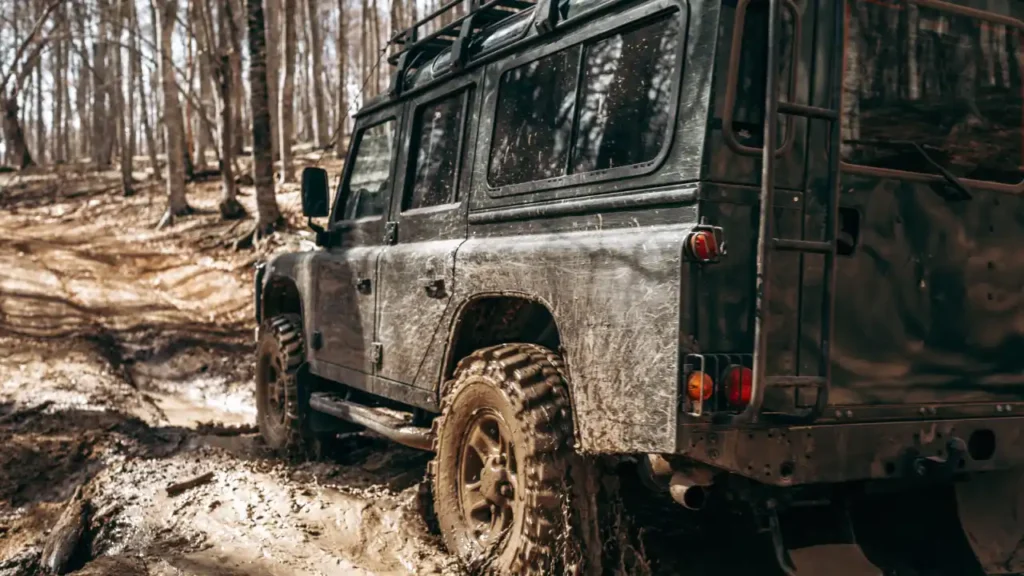
Free monthly entries to ALL giveaways
+1 every month
+5 every month
+10 every month
5%
125
150
350
100
100
50
Cancel membership anytime
Terms apply
apply
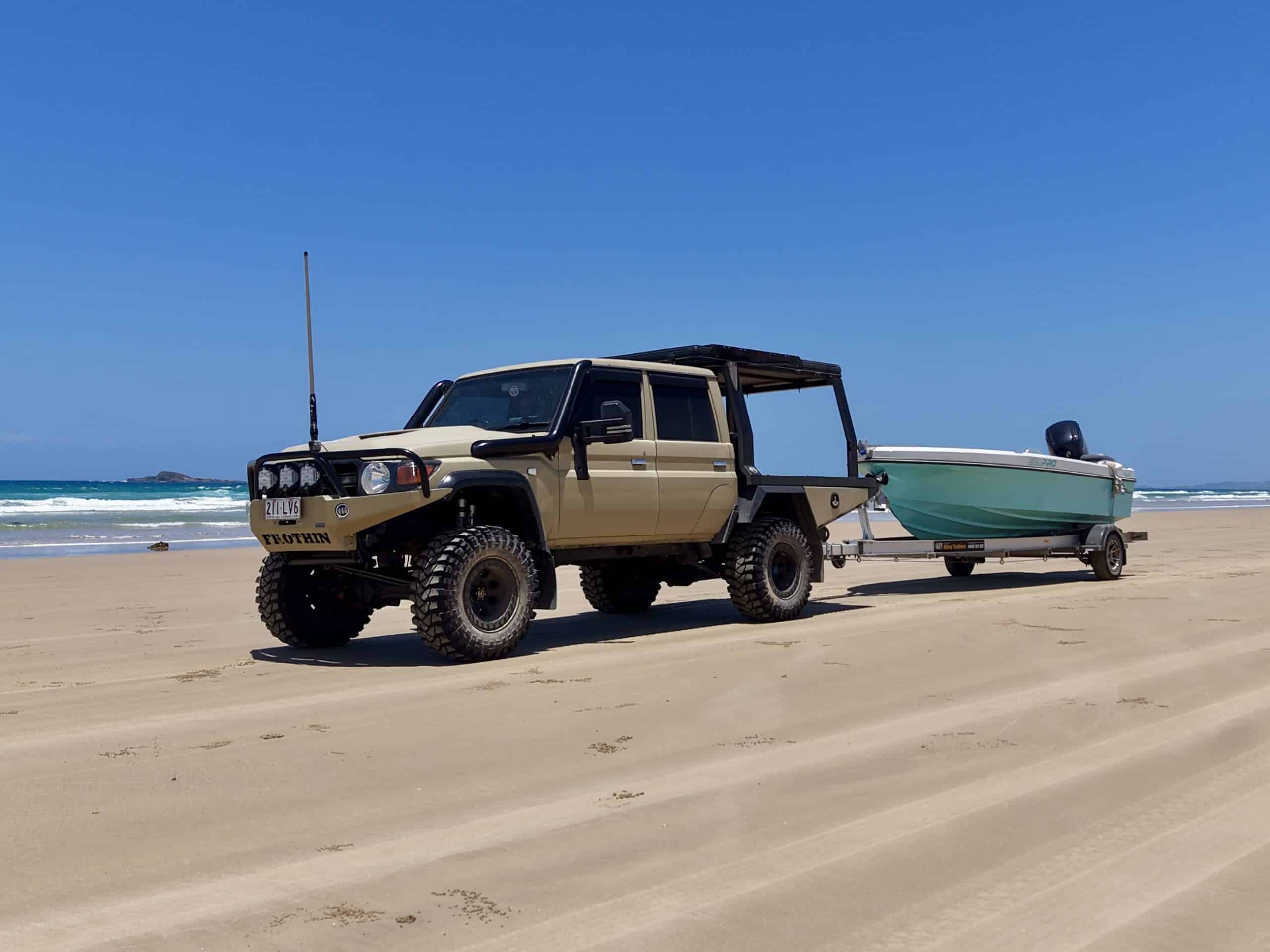
Written by
Darcie Sands
Published
February 5, 2025
Camping in Australia’s Outback is a bucket-list item for most us. The vast, open spaces, red dirt roads, and untouched wilderness offer a real sense of freedom that’s hard to match, but, the Outback is no ordinary camping destination—it’s remote, unpredictable, and demands careful planning. Unfortunately, many campers make common mistakes that can turn their dream trip into a nightmare. So here’s the top mistakes campers make in Australia’s Outback—and how to avoid them.
The scale of the Outback can be deceptive, especially if you’re used to camping in coastal or urban areas. Distances between towns or even fuel stations can stretch hundreds of kilometres. It’s easy to miscalculate travel times and end up stranded with no fuel, water, or supplies.
Pro tip: If you’re unsure about your fuel range, stop at every available roadhouse to top up. It’s better to have too much than not enough.
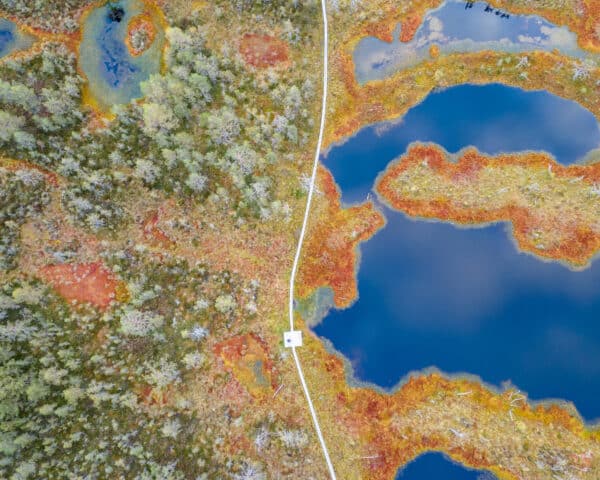
The Outback’s weather is extreme and unpredictable. You might encounter blazing heat during the day, freezing temperatures at night, or sudden storms that can flood roads and tracks, so failing to prepare for these conditions can put you at serious risk.
Pro tip: Always have a backup plan in case weather conditions force you to change your route or campsite.
In the Outback, phone reception is unreliable at best and often nonexistent, so without proper navigation tools and skills, it’s easy to lose your way on unmarked tracks.
Pro tip: A Personal Locator Beacon (PLB) is essential for emergencies. It sends your location to rescue services even when you’re off the grid.
The Outback doesn’t have the convenience of nearby shops or supermarkets. Many campers underestimate how much food, water, and essential gear they’ll actually need for their trip.
Pro tip: Overpack when it comes to essentials. It’s better to carry extra weight than to run out of something critical.
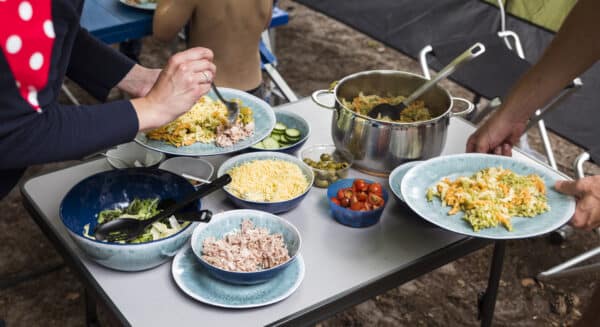
The Outback has unique wildlife everywhere, from kangaroos and emus to dingos and snakes. While encounters with these animals are part of the experience, they can also pose risks if handled poorly.
Pro tip: Carry a snake bite kit and learn how to administer first aid for bites and stings.
Your vehicle is your lifeline in the Outback, and it needs to be in top condition to handle the harsh terrain. Skipping pre-trip inspections or neglecting maintenance can leave you stranded in the middle of nowhere.
Pro tip: Consider joining a 4WD training course to build your skills and confidence before tackling remote tracks.
Campfires are a main part of camping, but they can be dangerous in the Outback’s dry, windy conditions. Ignoring fire safety rules can lead to accidents or even bushfires.
Pro tip: Always have a bucket of water or sand nearby to quickly douse a fire if needed.
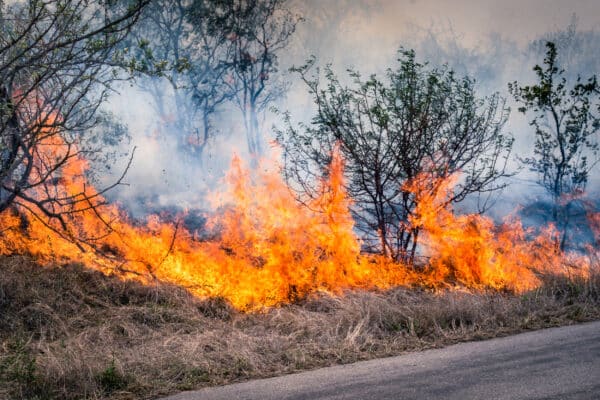
The remoteness of the Outback means help can take hours or even days to arrive in an emergency. Without proper preparation, even a minor incident can escalate into a serious situation.
Pro tip: Always leave a copy of your route and expected return date with someone you trust back home.
The Outback is a place to slow down and immerse yourself in nature. Many campers make the mistake of cramming too much into their itinerary and missing the magic of the journey.
Pro tip: Keep a journal or take photos to document your trip—you’ll treasure these memories for years to come.
Camping in Australia’s Outback is a rewarding experience, but it’s not without its challenges. By avoiding these common mistakes and taking the time to prepare properly, you can enjoy a safe, stress-free adventure in one of the world’s most breathtaking landscapes. Whether it’s your first trip or your tenth, the Outback always has something new to offer. So pack smart, plan well, and embrace the adventure—it’s an experience you’ll never forget.